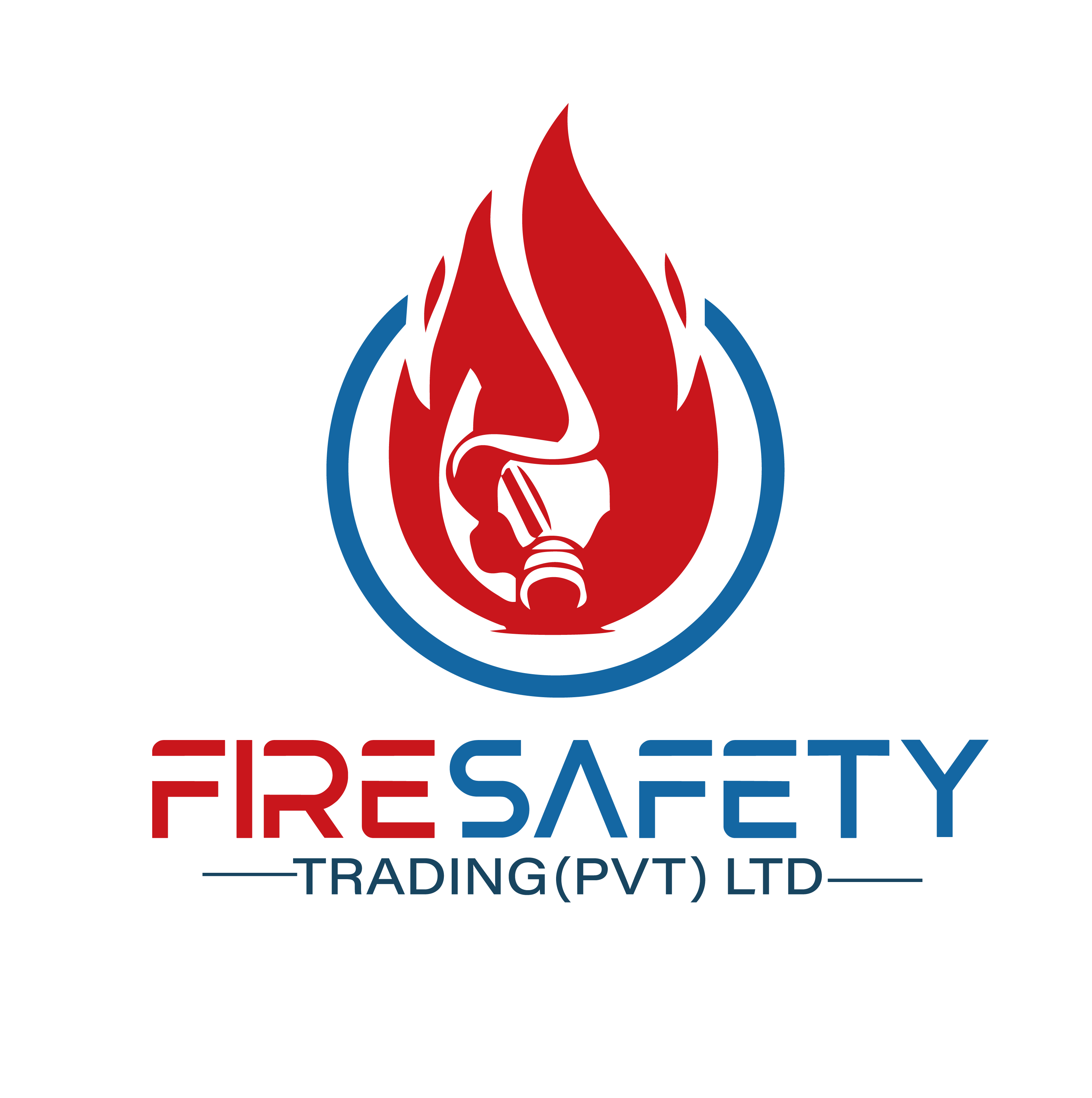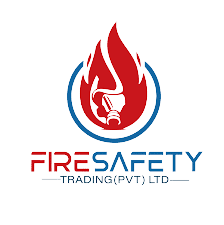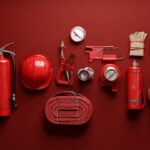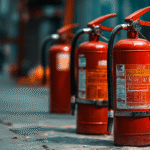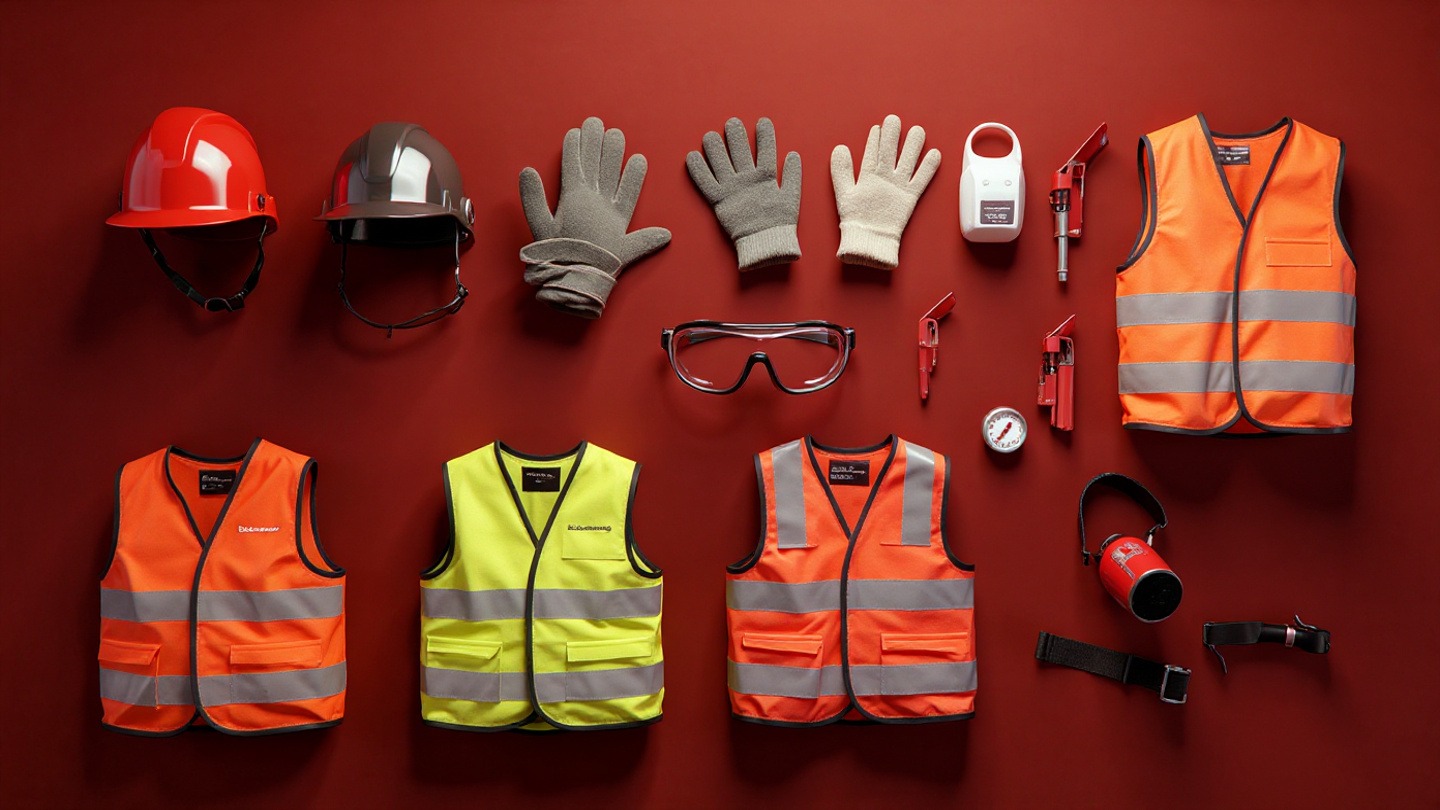Safety equipment is essential in every workplace, factory, construction site, and even educational institution. It helps protect workers and students from injuries, accidents, and life-threatening hazards. In Pakistan, industries are legally required to install approved safety equipment to ensure a secure environment.
Below are the major types of safety equipment and their uses.
1. Personal Protective Equipment (PPE)
Personal protective equipment includes items worn by individuals to protect themselves from hazards. This category covers a wide range of products such as safety gloves, safety shoes, helmets, goggles, and ear protection. PPE is commonly used in factories, construction sites, and laboratories where workers face chemical, electrical, or mechanical risks.
2. Fire Safety Equipment
Fire safety equipment is designed to detect, control, and extinguish fire before it spreads. This category includes fire safety equipment like extinguishers, fire alarms, hydrant systems, and sprinklers. In high-risk areas, fire blankets and emergency lighting are also installed to guide safe evacuation.
3. Respiratory Safety Equipment
In environments with smoke, toxic gases, or low oxygen levels, workers require respiratory protection. Breathing apparatus and face masks ensure that individuals can breathe safely. These are especially important for firefighters, chemical plant workers, and rescue teams.
4. Protective Clothing
Special clothing shields workers from heat, flames, chemicals, or falling objects. This includes fire safety suits, reflective jackets, and coveralls. Such gear is commonly used in industries like oil and gas, welding, and firefighting operations.
5. Fall Protection Equipment
For construction and maintenance workers, fall protection gear such as safety harnesses, lifelines, and guardrails is critical. These systems prevent serious injuries when working at heights like rooftops, towers, or scaffolding.
6. First Aid and Emergency Equipment
No safety system is complete without first aid kits and emergency supplies. These include medical kits, stretchers, eyewash stations, and emergency showers. They provide immediate treatment until professional medical help arrives.
Why Safety Equipment Matters
Installing proper safety equipment is not just a legal obligation but also a way to protect lives, reduce workplace accidents, and build trust among employees. Whether it’s PPE for workers, fire extinguishers for schools, or breathing apparatus for firefighters, each type of safety equipment plays an important role in ensuring a safe and secure environment.
Final Thoughts
Every industry and organization must invest in reliable safety equipment to avoid accidents and meet safety standards. By understanding the different types of safety tools available, management can provide better protection for workers, comply with regulations, and create a culture of safety.
